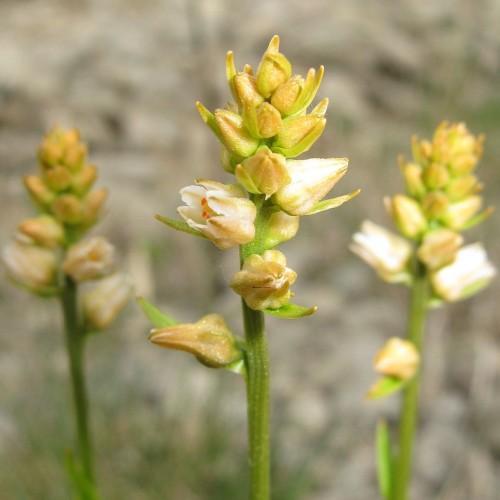
Sparse Flowered Sedge
Carex tenuiflora
Watering:
Frequent
Hardiness Zone:
Sun:
full sun,part shade
Leaf:
Yes
Growth Rate:
Low
Drought Tolerant:
Yes
Salt Tolerant:
Yes
Care Level:
Medium
watering
Tahoe Sedge (Carex tahoensis) should be watered regularly and evenly. It prefers moist soil that is not too wet or too dry, so it is important to adjust the watering in order to achieve this. In general, the plant should be watered twice a week, with about 1-2 inches (2.5-5 cm) of water applied each time. During particularly dry or hot periods additional watering may be necessary to ensure that the soil remains moist.
sunlight
Tahoe Sedge does best in partial to full sun, meaning it should receive at least 4 hours of direct sunlight daily. However, it can handle several hours of full sun without issue. Adding a layer of mulch around the base of the plant can also help it retain moisture and protect the roots from the heat of the sun.
pruning
Tahoe Sedge should be lightly pruned each year in early spring when new growth begins. Pruning should focus on removing dead, damaged or diseased stems and seed heads, and should include thinning of overly dense or tall stands. If this grass is used as a barrier planting or for erosion control, regularly pruning will help to keep the plants in control. Pruning should be done to the height desired for the individual application. Pruning can also be done in late winter or early spring to tidy up the plants.
